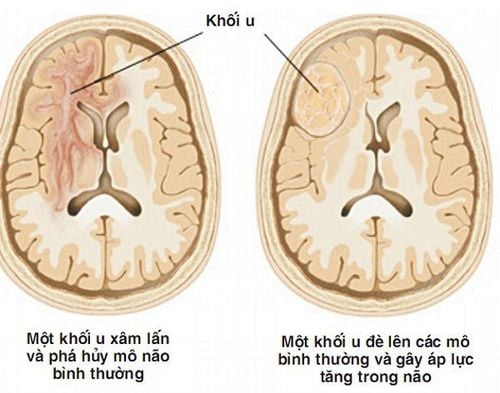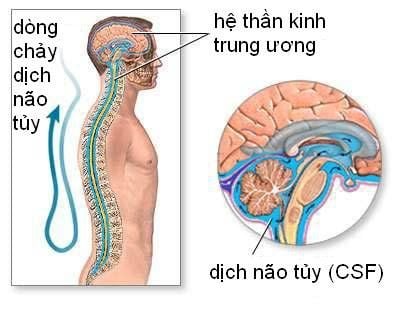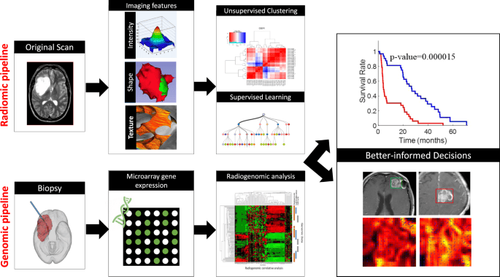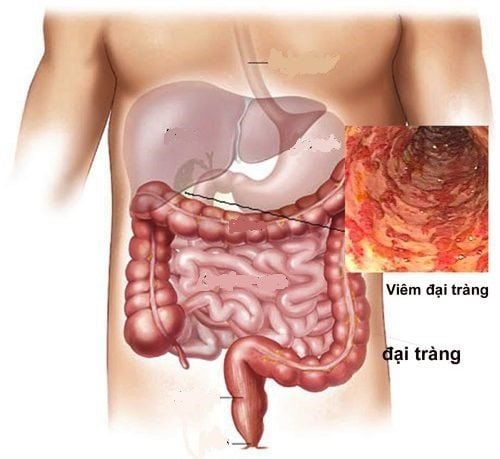This is an automatically translated article.
Diffusion Tensor Imaging (DTI) is an advanced imaging technique, applied in the diagnosis of neurological diseases such as definitive diagnosis. to determine cerebral palsy when axonal damage is suspected or it is necessary to find a relationship between the lesion and axon to avoid axonal injury when intervening with the lesion.1. Diagnosis of cerebral palsy
Cerebral palsy (or cerebral palsy) is a group of medical conditions that affect the control of movements as well as posture. The cause of the disease is because one or more parts of the brain that control movement are damaged, so the patient cannot move his muscles normally. Symptoms range from mild to severe, including forms of paralysis.
The diagnosis of cerebral palsy is established primarily by assessing the mobility of an infant or young child. Some children with cerebral palsy have low muscle tone, making them appear underweight. Other children with cerebral palsy have increased muscle tone so they appear solid, in some cases muscle tone is variable (sometimes rising, sometimes falling).
To diagnose cerebral palsy, doctors also order additional brain imaging tests such as magnetic resonance imaging (MRI), Computed Tomography (CT scan), or ultrasonography. minus. Sometimes these tests also help diagnose cerebral palsy and determine the cause of the cerebral palsy.
2. Diagnosis of cerebral palsy by magnetic resonance imaging of nerve fiber bundles
2.1. Subjects of application Magnetic resonance imaging of nerve fiber bundles is indicated in the following cases:
Diseases of brain tumor that invade or lie next to axon bundles Definite diagnosis of cerebral palsy Multiple sclerosis, lesions white matter lesions in infarction, bleeding,... Cerebral vascular malformations, need to find the relationship between the malformed area and the axon bundle Congenital malformations: gray matter ectopic, cleft encephalopathy Epilepsy

Dị dạng bẩm sinh ở trẻ
2.2. The advantage of Force Diffusion Imaging is that the imaging technique evolved from simple diffusion magnetic resonance imaging. This technique allows determining the direction and magnitude of the diffusion. The ability to detect the paths of nerve fiber bundles in the brain using force-diffusion imaging is known as bunion. This technique allows the creation of two- or three-dimensional images from the neurofibrillary tract of the brain's nerve fiber system. In brain tumor pathology, the technique of magnetic resonance imaging of nerve fiber bundles also allows to determine invasion or compression from nerve fiber bundles, related to brain tumor and nerve fibers, very important information. in brain tumor treatment planning. Diffuse magnetic resonance imaging provides additional important information about pathological processes in the brain such as the diagnosis of cerebral palsy that cannot or are difficult to evaluate with conventional magnetic resonance imaging, such as in tumorigenesis and inflammation. , white matter disorder... 2.3. Disadvantages of the technique There is still no evidence to prove the harmful effects of magnetic resonance imaging of nerve fiber bundles on the body. However, the machine's high magnetic field can harm implanted metal devices inside the body. Therefore, all metal objects should be removed from the patient prior to MRI. Before taking the scan, the patient needs to inform the medical staff of the magnetic resonance imaging room about information such as hearing aids, artificial heart valves, electronic device implants, metal, dentures .. In-person or not. Unless absolutely necessary, this technique should not be used in first-trimester pregnant patients.
3. Where is the magnetic resonance imaging of the nerve fiber bundles?
Vinmec Central Park International General Hospital and Vinmec Times City International Hospital are now large hospitals with modern machinery and equipment for general medical examination and treatment and modern imaging techniques for patients. definite diagnosis of cerebral palsy in particular.
At these two hospitals, the method of magnetic resonance imaging (tractography) or DTI (Diffusion Tensor Imaging) is being applied, using the Pioner GE 3Tesla magnetic resonance imaging machine. .
Patients performing magnetic resonance imaging of nerve fiber bundles at Vinmec will be supported by a team of support staff and technical staff who will clearly guide you through the manipulations, imaging procedures, and best safety issues. ensure a good diagnostic image without adversely affecting the patient. A team of highly qualified and experienced doctors, including:
Master, Doctor Ngo Van Doan - Vinmec Times City International Hospital, Specialist Doctor I Nguyen Thanh Hai - International General Hospital Vinmec Times City Master, Doctor Vu Thi Hau - Vinmec Times City International Hospital Doctor Nguyen Quynh Giang - Vinmec Times City International Hospital Doctor Tran Hai Dang - Vinmec Central International Hospital Park With these background, the Diagnostic Imaging Department of Vinmec Central Park International General Hospital and Vinmec Times City can detect and diagnose cerebral palsy by magnetic resonance imaging technique of nerve fiber bundles. Accurate, fast, bring high treatment efficiency.
Please dial HOTLINE for more information or register for an appointment HERE. Download MyVinmec app to make appointments faster and to manage your bookings easily.













